japanese pagoda tree pros and cons
Is a good choice for planting near utility lines buildings or walls. A Curriculum for Farmers.
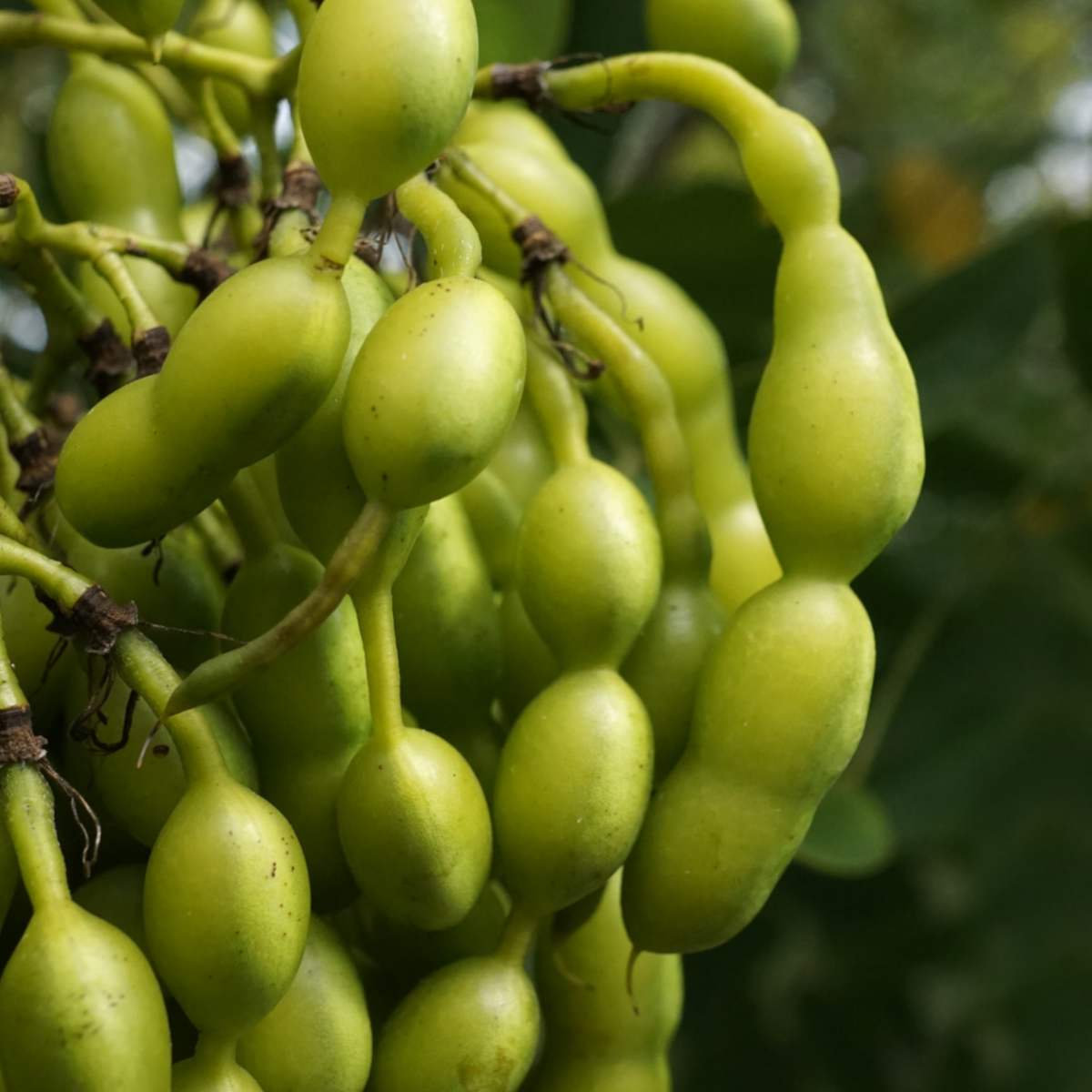
Japanese Pagoda Tree An Elegant And Airy Slow Growing Giant For Parks
Chinese Scholar Tree also called Japanese Pagoda Tree is one of four species of leguminous trees in this genus and the only one that is cultivated.

. Its lovely leaves are pest-free and the tree tolerates urban conditions heat and drought. Its fern-like leave grow in stalks of 10-15 leaves and the creamy white pea-like flowers bloom on long upright panicles up to 15 inches long. Print a PDF of this page.
The tree does tend to shed small twigs but not more than any other tree. The Japanese pagoda tree is often grown as a shade tree in lawns or on patios however flowers and seedpods often leave stains on pavement. The seeds might cause serious side effects including facial swelling poisoning or death.
Established trees are both heat and drought tolerant and are largely disease and pest resistant. Its POSSIBLY UNSAFE to take pagoda tree seeds by mouth if you are pregnant or breast-feeding. These plants are favored by adult Japanese beetles and are more susceptible to destruction.
See it on the map. Has a beautiful form with horizontal branching. When to plant it.
Grows in a rounded shape. Japanese Pagoda Tree leaf The image attribution. As you can see the pagoda trees growth habit is very rounded resulting from the loss of the central leader at an early age.
Seedpods of japanese pagoda tree. Pros and Cons of the Mimosa Tree. The wood is useful in construction.
Apricot cherry peach and plum. Long drooping clusters of fragrant ivory flowers. The one fall back of using wood as the entire structure is that.
It grows at a moderate rate reaching from 35 feet up to 75 feet in height with a comparable spread. See Slideshow Special Precautions Warnings. The leaves are small and can be mown instead of raked.
March 11 2016. The seeds of the pagoda tree are POSSIBLY UNSAFE for most people when taken by mouth. Trees do best in areas with full sun or partial shade and moderate amounts of water.
SLIDESHOW Vitamin D Deficiency. Special Precautions Warnings Pregnancy and breast -feeding. Tips On Growing Japanese Pagodas A fine deciduous textured tree that grows 70 ft.
How Much Vitamin D Is Enough. Nose Bleed Piles Uterine Blee. You Might Also Be Interested In.
Optimum conditions for growth. Studies on the interaction of the Sophora japonica lectin and concanavalin A with erythrocytes and lymphocytes. Once the Japanese pagoda tree is established it requires little effort on your part to thrive.
The flowers fall in sufficient numbers to be considered messy and the seed pods drop over a long period during winter. The structure of the pagoda is both amazing and important to their still-standing structures today. Pagoda dogwood pros and cons.
Smart Gardening with Vegetables 101. The modifying action of the Japanese pagoda tree Sophora japonica and pantocrine in radiation lesions. The flowers buds and fruit are used in traditional medicine.
Patsepa6b thanked rhizo_1 North AL zone 7 patsepa6b Original Author 5 years ago. The wood is relatively weak and the branches are prone to storm damage with their increasing age and weight. Japanese Pagodatree Cures Effective Bleeding Ext.
Printer Friendly Version This article was last updated on 121320. Blooms MayJune with distinctive white bracts surrounding small greeinish-yellow flowers. East Experiment Station East side.
Planting the Japanese pagoda tree A major advantage of Sophora japonica is that it doesnt have very stringent requirements to grow. The tree has few negatives. Published on August 5 2020.
The ends of this trees twigs fan out into fine bristles. Conjunctivitis Cramps Dizziness Eyes Bloodshot Haematuria Haemoptysis Headache High Blood P. The seeds of the pagoda tree are POSSIBLY UNSAFE for most people when taken by mouth.
Bloody Stools Blurred Vision Chest Conges. Though it can adapt to nearly any growing environment youll have the best results with deep soil the less chalky the better and lots of warmth and full sun. How to Grow Lavender.
I just wanted to find out all the pros and cons of owning one. Pods can be messy if tree is located near a driveway parking lot sidewalk patio etc. The Japanese pagoda tree is often grown as a shade tree in lawns or on patios however flowers and seedpods often leave stains on pavement.
All pagodas are made out of wood an important feature since it adds to their flexibility which is one of the key reasons that pagodas can stay standing during earthquakes in Japan. Leaf and Stem Characteristics. It usually grows 25 to 35 feet tall but can sometimes reach heights of up to 100 feet.
Japanese Pagoda Tree fruit The image attribution. The plant is important in traditional medicine and its leaves and flowers are edible. Mimosa Albizia julibrissin is a small deciduous tree with puffy pink flowers and a fast growth rate.
The Song of a Snowy Tree Cricket. The twigs are green and medium-to-thin in thickness. The seeds might cause serious side effects including facial swelling poisoning or death.
Its a common tree for bonsai. Young trees are very sensitive to herbicides. Tall and equally as wide.
The trees compound leaves which range from 6 to 10 inches in length contain 7 to 17 ovate dark. And the tree is cultivated as an ornamental in many places. Action of Japanese Pagodatree Effective Abortifacient Antibacterial Antidiarrheal Antidysenteric Antiinflammatory Antipyretic.
Despite its name the Japanese pagoda tree is native to China and was introduced to Japan where it is commonly found on the grounds of Buddhist temples. The soil should drain extremely well so choose sandy loams. This useful street tree can reach a height of 75 feet or more with the compound foliage throwing a light dappled.
Plant where there is no chance of damage to property or personal injury when branches fall. This ornamental tree is native to China Korea and Vietnam. Some identifying characteristics are its oval leaflets gray-brown bark and shiny green twigs.
Features dark green leaves that are 24 long and elliptic-ovate in shape. Their primary con is that they are weak wooded. Pagoda tree contains chemicals similar to those found in soy.
Avoid planting them in areas that get regular infestations. Japanese Pagoda Heritage Tree.
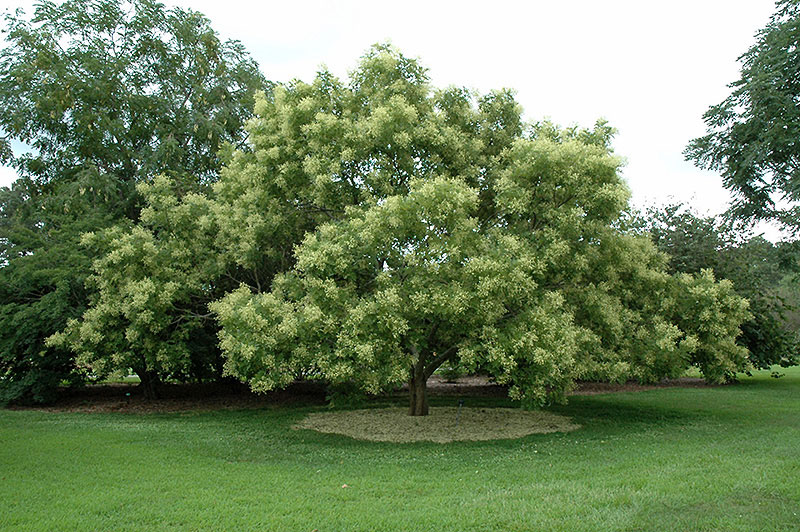
Pagoda Tree Facts And Health Benefits
/japanese-pagoda-tree-care-5186863-hero-b959bcf0d99349dcaef36a3b9e0cfeb0.jpg)
Japanese Pagoda Tree Care And Growing Guide
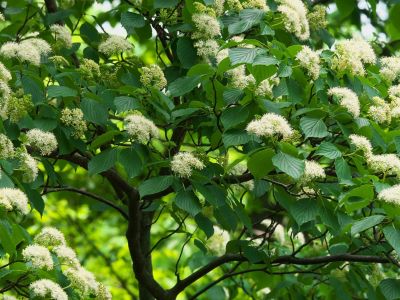
Pagoda Dogwood Information What Are Pagoda Dogwood Growing Conditions
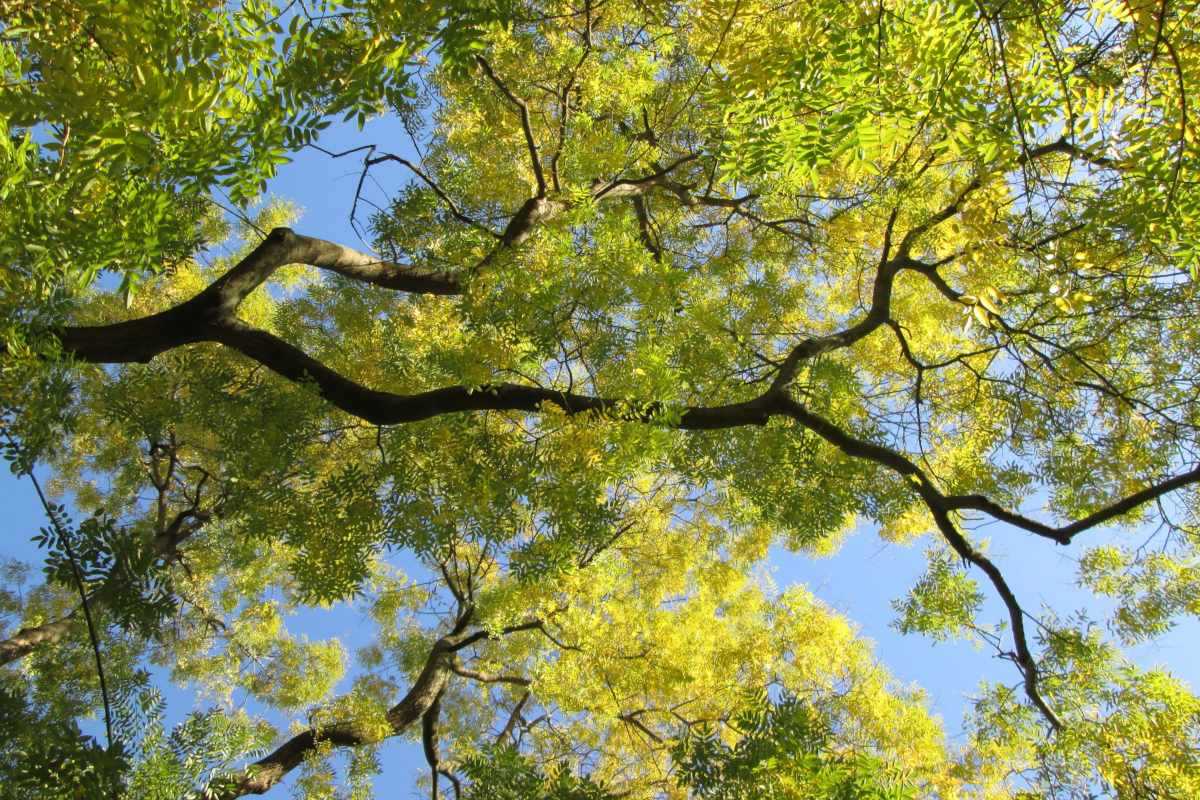
Japanese Pagoda Tree An Elegant And Airy Slow Growing Giant For Parks
:max_bytes(150000):strip_icc()/japanese-pagoda-tree-care-5186863-02-40fc3009a3e544499b255f71c2f98b8a.jpg)
Japanese Pagoda Tree Care And Growing Guide

Styphnolobium Japonicum Pagoda Tree Buy Seeds At Rarepalmseeds Com

What Is Sophora Japonica Learn About Japanese Pagoda Tree Care
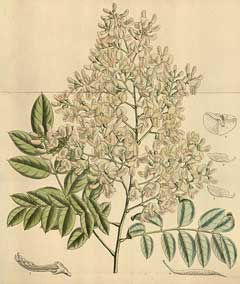
Sophora Japonica Japanese Pagoda Tree Scholar Tree Pfaf Plant Database

Pagoda Tree Facts And Health Benefits
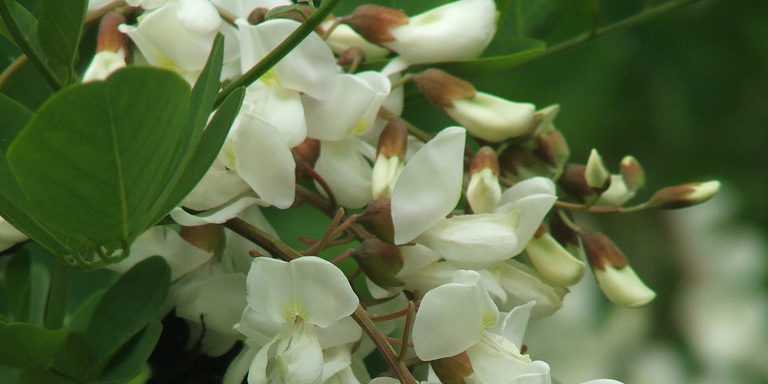
Tree Of The Month Japanese Pagoda Tree Casey Trees
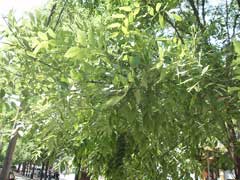
Sophora Japonica Japanese Pagoda Tree Scholar Tree Pfaf Plant Database
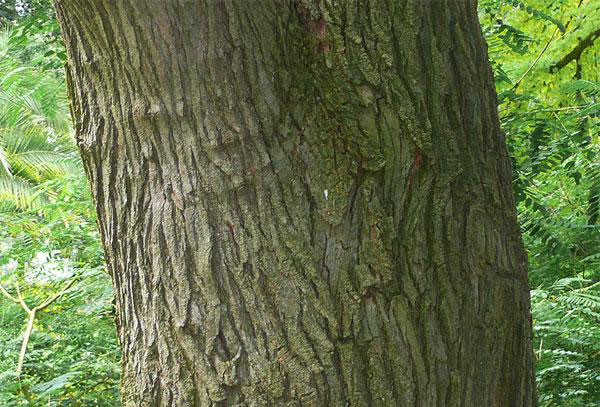
Pagoda Tree Facts And Health Benefits
:max_bytes(150000):strip_icc()/japanese-pagoda-tree-care-5186863-07-678db2e12f964f979141917e3892ee54.jpg)
Japanese Pagoda Tree Care And Growing Guide
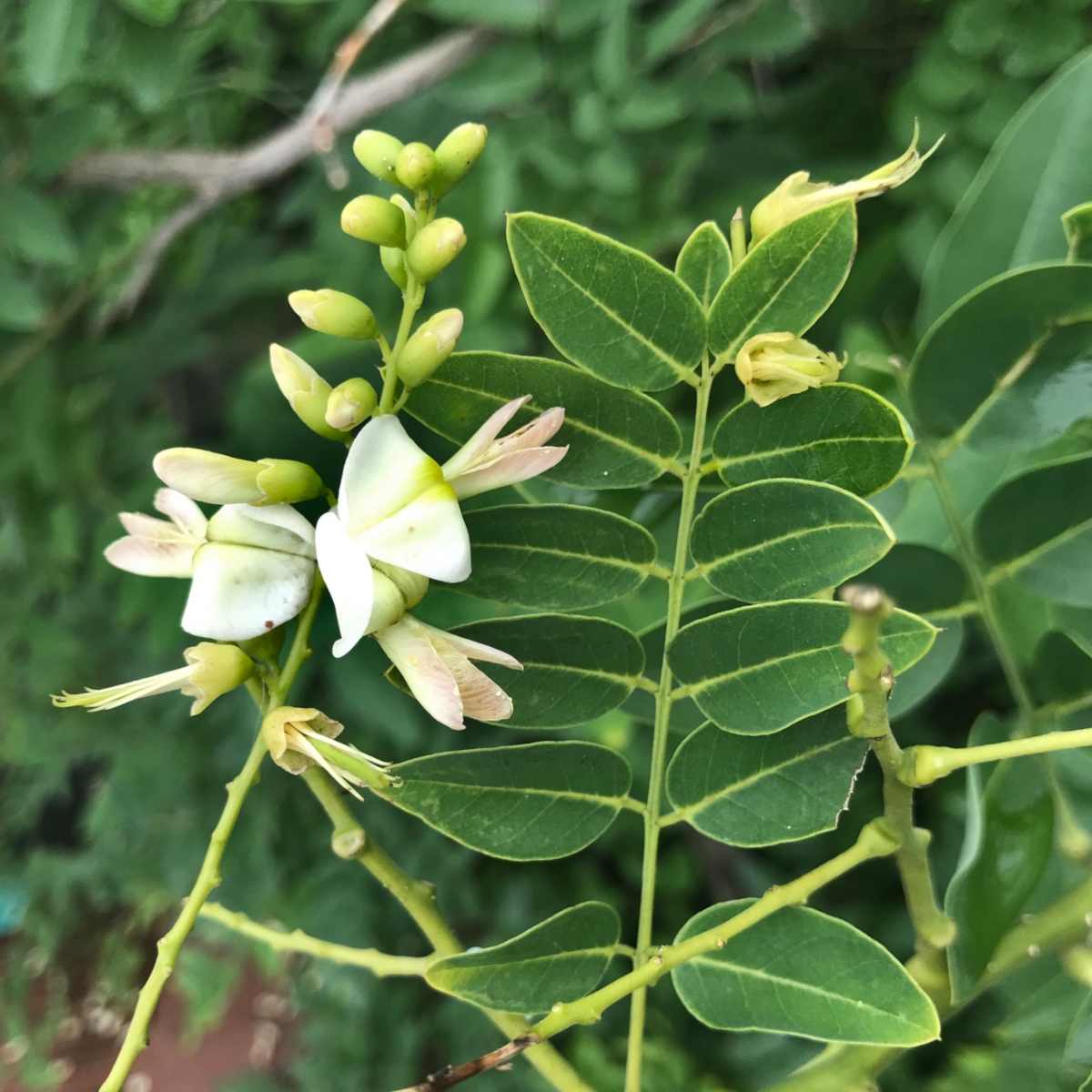
Japanese Pagoda Tree An Elegant And Airy Slow Growing Giant For Parks
:max_bytes(150000):strip_icc()/japanese-pagoda-tree-care-5186863-06-ea23bcea86d74cdd998d083e1da1f11e.jpg)
Japanese Pagoda Tree Care And Growing Guide
:max_bytes(150000):strip_icc()/japanese-pagoda-tree-care-5186863-04-eea66be4d0454af08c590e51a6e51aca.jpg)
Japanese Pagoda Tree Care And Growing Guide

